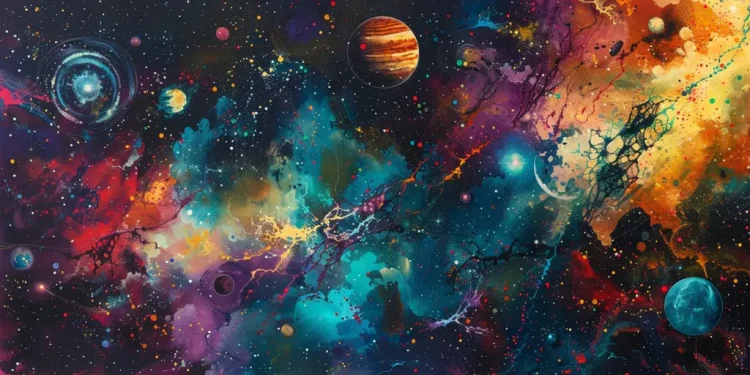Technology has vastly improved the ways we interact and understand our world, and mapping 3D spaces with 2D cameras is a great example of this progress. It might sound complex, but it is a fascinating topic that demonstrates how advancements in technology can simplify and enhance our daily lives.
Understanding the Basics
To begin with, a 2D camera is simply a regular camera, like the one on your phone or a typical digital camera. These cameras capture 2D images, which are flat and lack depth. Even though the images don’t have depth, the technology behind these images can be used to figure out the three-dimensional shape of the objects in the photo.
How Does It Work?
The process of mapping 3D space with 2D cameras involves using multiple images taken from different angles. Here’s a simple way to think about it:
- Multiple Angles: When you take pictures of an object from different angles, you capture different perspectives of that object.
- Matching Points: Special software can then look at these different pictures and find matching points in each image.
- Building Depth: By understanding these matching points, the software can determine how far each point is from the camera and create a 3D model of the object.
Think of it like how our eyes work. We have two eyes that see the world from slightly different angles. Our brain takes these two different views and combines them to understand depth and distance, helping us navigate through 3D spaces.
Applications in Everyday Life
This technology isn’t just for scientists and researchers; it has real-world applications that can benefit all of us. Here are a few examples:
- Virtual Tours: Real estate agents use 3D mapping to create virtual tours of homes. This allows potential buyers to walk through properties online, providing a realistic view without needing to be there in person.
- Medical Imaging: Doctors use similar technology to create detailed 3D images of organs and other body parts. This can help in planning surgeries or diagnosing illnesses.
- Entertainment: Movie makers and video game designers use 3D mapping to create realistic scenes and characters.
- Agriculture: Farmers use 3D mapping to assess the health of their crops quickly, helping them increase yields and reduce waste.
The Future of 3D Mapping
As technology continues to advance, we can expect 3D mapping with 2D cameras to become even more accurate and widely used. Eventually, this technology could become so common that we incorporate it into everyday devices, making our lives easier and more connected.
For now, it’s exciting to see the possibilities and imagine how these advancements might improve our interactions with the world around us. Whether it’s helping us choose the perfect home, better understand our health, or simply enjoy more immersive entertainment experiences, the potential of mapping 3D space with 2D cameras is vast.
So, the next time you take a picture with your phone, remember that the technology behind that simple photo has the power to do remarkable things!










